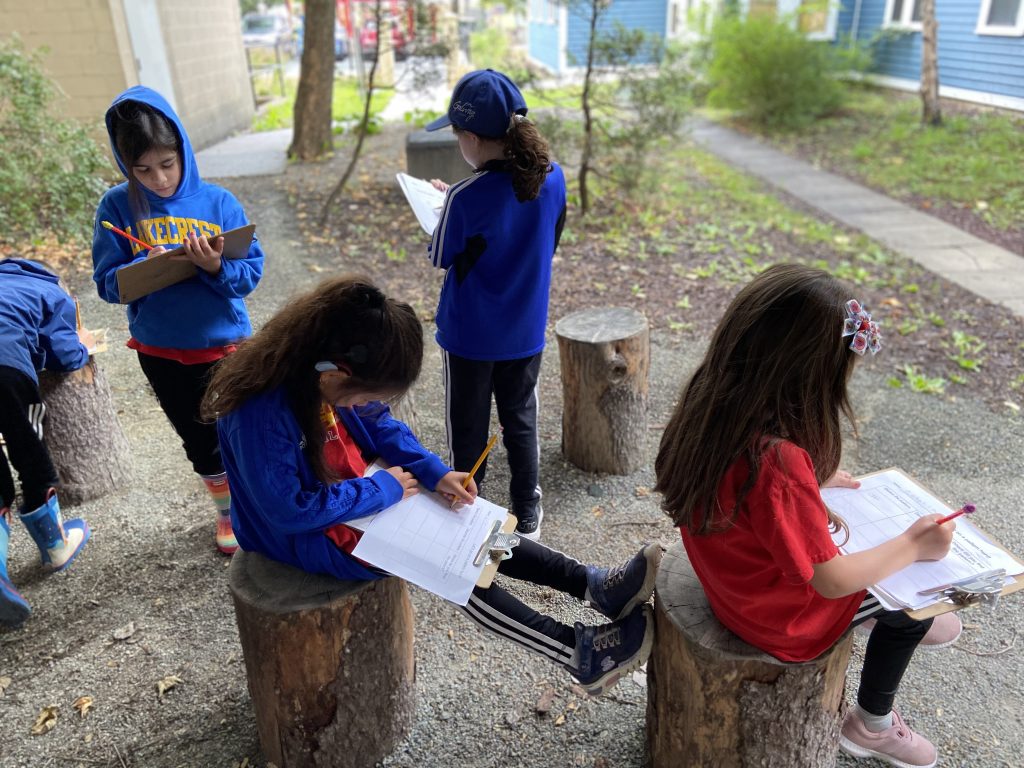
The following excerpt from the International Baccalaureate “Making the PYP Happen” provides a detailed overview of the English Language Arts program at Lakecrest Independent School.
The PYP language classroom is a place where language is clearly in evidence in all its forms. There is a busy hum of discussion. The observer is tempted by the inviting book corner which is well stocked with reference books, picture books, story books, poetry books, student’s self-made books and books in a variety of languages.
Displays include a wide variety of print including students’ writing, author of the month, questions from the current unit of inquiry, posters, charts, calendars, memoranda and instructions.
How does a PYP language classroom work? Students are engrossed in books at tables in the book corner and in the quiet area in the classroom and library. They move purposefully between the classroom and the quiet area as the task demands, switching readily from individual study to group discussion and seeking advice and comment from peers and the teacher as needed.
Writing is a significant activity in classes of all ages. Younger students are involved in independent writing, annotating pictures, making and writing books, and writing and sending letters. Older students work at various stages of the writing process; drafting, revising and editing imaginative stories, expressive poetry, science reports, personal journals; and reading responses.

The teacher moves freely between individual, group and whole-class situations. He or she may work with a group to brainstorm pre-writing ideas, stop for a while to help a reluctant writer begin, pause to assist with an individual editing question, gather specific students for a group conferencing session, advice on an appropriate reference source, or collect the class for a summarizing session.
The teacher models appropriate behavior and attitudes: speaking and listening respectfully, referring to reference sources, enthusiastically sharing ideas about a favorite novel, posing questions on the current unit of inquiry, skillfully guiding students’ lines of questioning, encouraging divergent thinking, and sensitively supporting all individuals to aim for their best.
Language is the medium of inquiry. In an inquiry-based PYP classroom, everyone appreciates both the aesthetic and functional uses of language. Literature is an integral part of the curriculum. A series of books can be read as an author study, host-country fairy tales could be part of a social studies unit, a biography might be the introduction to a scientific investigation, early years’ counting stories can be reinforcement for mathematics development, and a comparison of illustration techniques may encourage acquisition of art skills.
Books are not only enjoyed, they are also discussed and analyzed, compared and contrasted.
Quoted from International Baccalaureate Organization: “Making the PYP happen”
